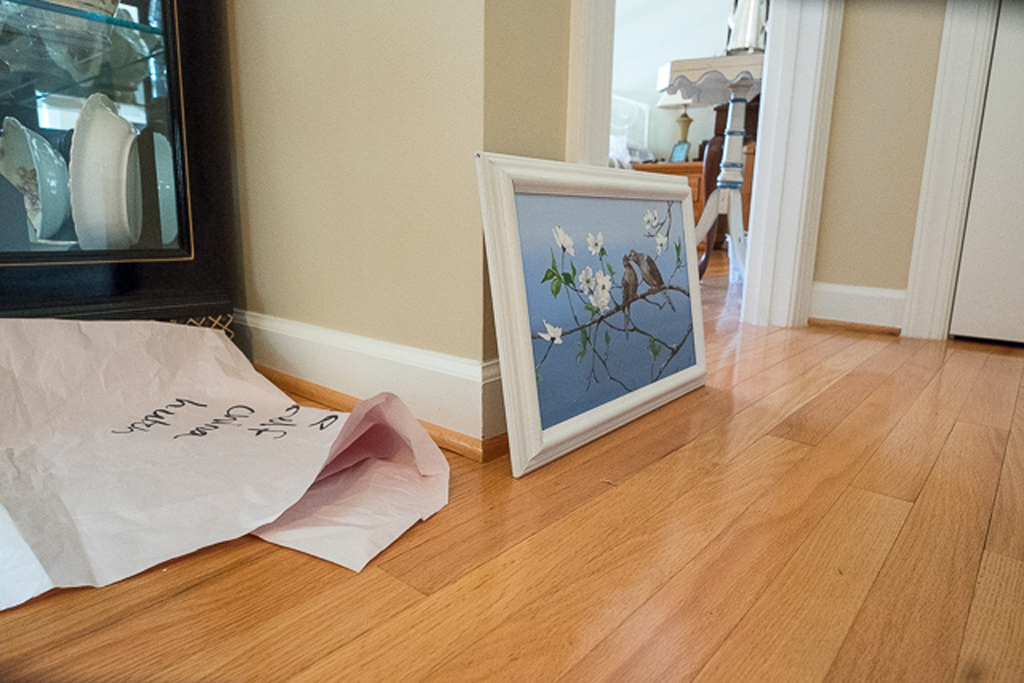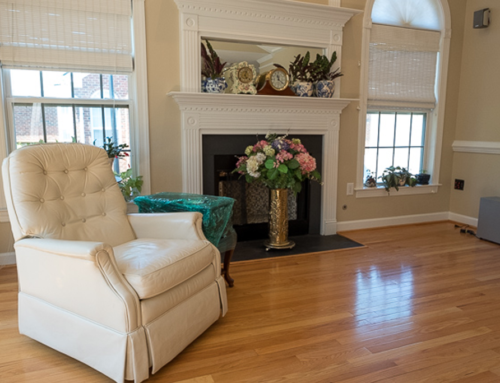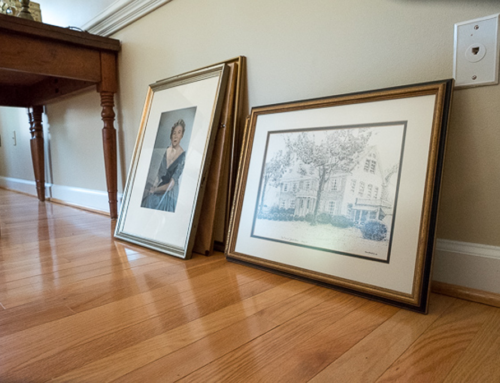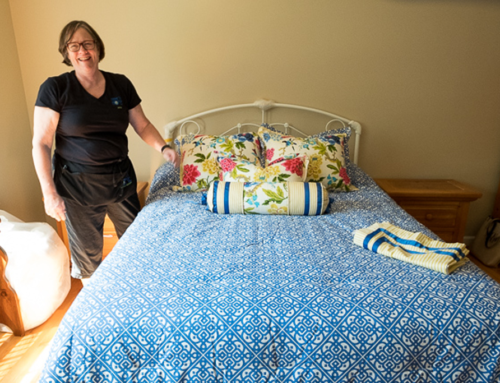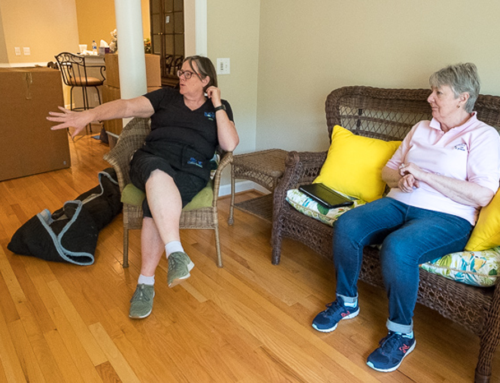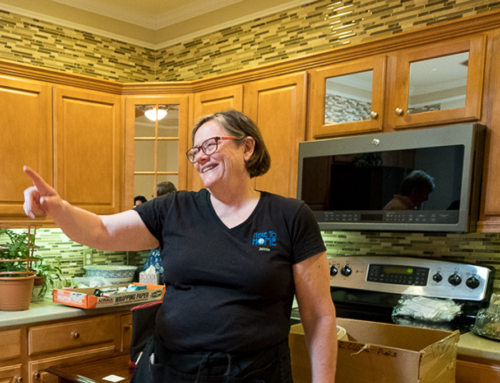Recently I stayed with my niece and nephew in order to take care of their 6-month-old baby while my niece stayed overnight in the hospital for minor surgery. Everything is fine, but her husband and I bonded at 4 a.m. over a crying baby.
Olivia, the 6 month-old, did well during the day: eating, playing, pooping, napping. Doing the things babies do best.
But at night it all changed. She wanted her mama and she told us – rather loudly and prolongedly.
Now, I have two kids and have spent many nights walking the floor with a crying baby. And that afternoon I had successfully lulled Olivia to sleepwalking around. But at night walking back and forth by her crib in the dark with the lights dimmed, humming softly, she wanted no part of my getting her to sleep.
Where’s the mama?! Something was not right. This was not the way it was supposed to be. Her sense of place was disturbed.
Well, her dad and I eventually got her to sleep (hooray dad!) and a few nights later, after her mama returned, and it was bedtime again, I said, “You know, you need to start getting her to sleep on her own, unattached from nursing to sleep. I’ll walk her around like we did before and get her to sleep for you.”
She was Ok until we started in the pattern of walking back and forth by her crib in the dark with the lights dimmed, humming softly. Immediately she started crying. Ferociously crying. She remembered this place and didn’t want anything to do with being put to sleep without her mama.
Mama came up a few minutes later and indeed started a new habit for getting Olivia to sleep (sitting and telling her a story – imagine that – the sound of mama’s voice as a lullaby!). And I reflected as I am wont to do.
My thoughts: It took one, emotional, 20-minute experience in that dimly lit room to form a memorable place in Olivia’s mind. 20 minutes and she was attuned to the light pattern, the furniture placement, the humming, etc. The place was memorable enough for her to remember it a few days later and react. That memory lives on a gut level, not on the surface of her memory, but in her emotional brain.
So, turning now to applying this thought to my profession: Imagine 40 years in one place – knowing the furniture placement, the way the light falls in the afternoon, the way the floors and doors creak. The memory of emotions, a sense of place, run deeper than you can ever imagine. The memory of place lives on a level that is not expressed in words, but in the guttural cry of emotion.
And now I gotta move? Waaaaaaaaah. Leave everything I know? Waaaaaaaaaah.
Of course, there is stress when you move from a place you have lived in for 40 years. I was so astonished that it took a 6 month-old 20 minutes to form an emotional bond with a certain place. I am in awe of our clients who move after a lifetime.
I think I said in an earlier post that I have broadened my understanding of what it means to grieve. And now added to that is a deeper understanding of grieving the loss of place.

